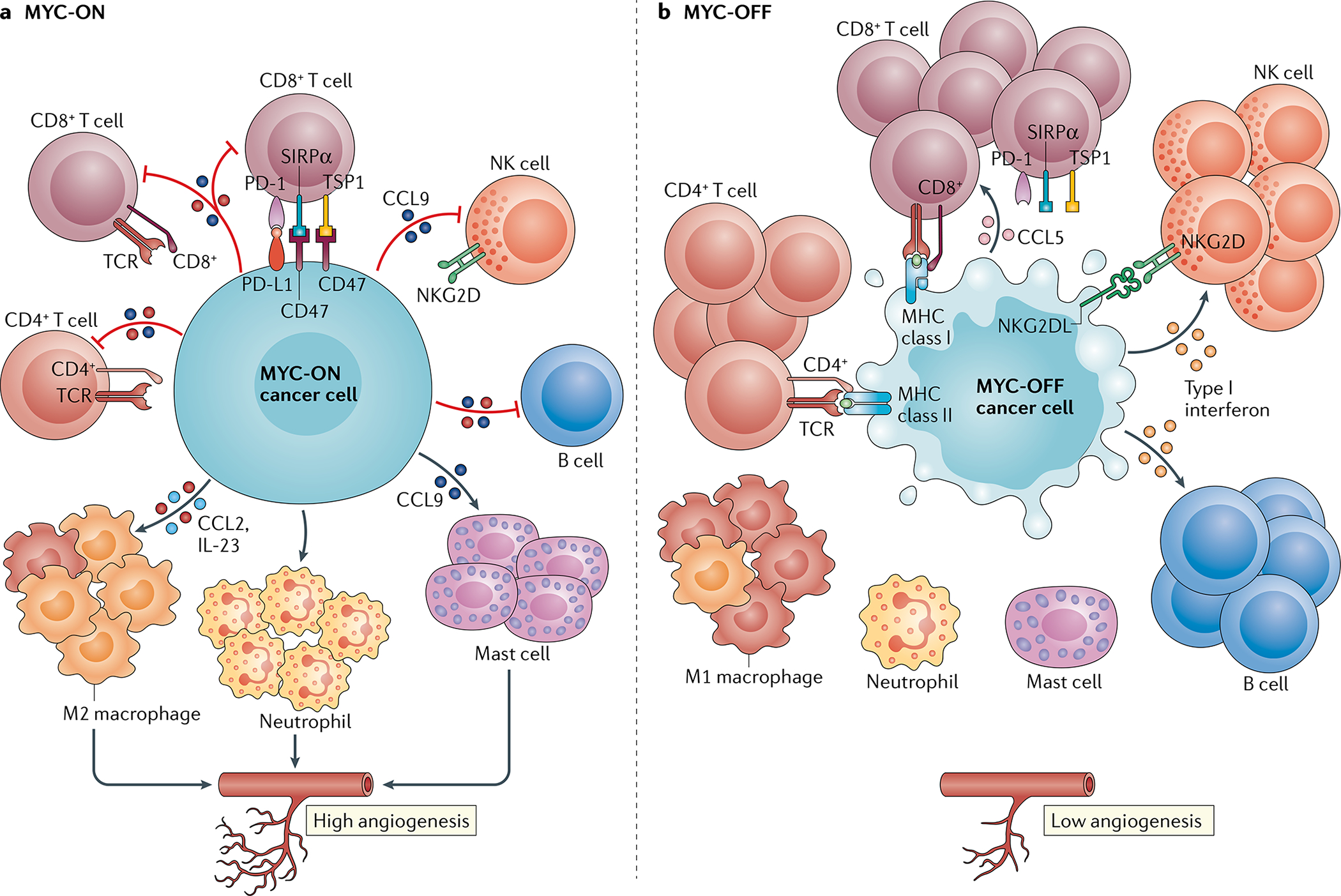Fig. 4 |. MYC blocks immune surveillance.

MYC enables cancers to evade the immune system through several distinct mechanisms. a | MYC regulates the expression and production of several immune ligands or receptors and immune effector molecules, such as PD-L1, CD47, MHC classes I and II, and NKG2D. MYC also promotes the expression of several cytokines, such as CCL2, IL-23 and CCL9, which regulate the conversion of antitumour M1 macrophages to pro-tumour M2 macrophages and prevent the activation and recruitment of B cells, natural killer (NK) cells, and CD4+ and CD8+ T cells. CCL9 activates mast cells, which in turn induce angiogenesis. b | Upon inactivation of MYC, the downregulation of PD-L1 and CD47 results in the rapid recruitment and activation of CD8+ T cells and NK cells. The inactivation of MYC also increases the levels of NKG2DL in cancer cells, resulting in NK cell recruitment. The production of most of the cytokines described above decreases upon MYC inactivation. By contrast, the expression of type I interferons and CCL5 increases upon MYC inactivation, resulting in the recruitment and activation of NK cells and B cells and of CD8+ T cells, respectively. Thus, MYC controls the immune status of a tumour by creating an immunosuppressive ‘cold’ tumour microenvironment when activated, which reverts to an immune-sensitive ‘hot’ milieu when inactivated. TSP1, thrombospondin 1.
